Systemic Therapy for Basal Cell Carcinoma of the Head and Neck
(from the AHNS Cutaneous Cancer Section) Skin Cancer is the most common malignancy that affects humans. Malignancies develop in tissues native to the skin, basal cell carcinoma (BCCA) and squamous cell carcinoma (SCCA), and those embryologically derived elsewhere that come to reside in cutaneous structures: malignant melanoma (melanocytes from neural crest) and Merkel Cell carcinoma …

